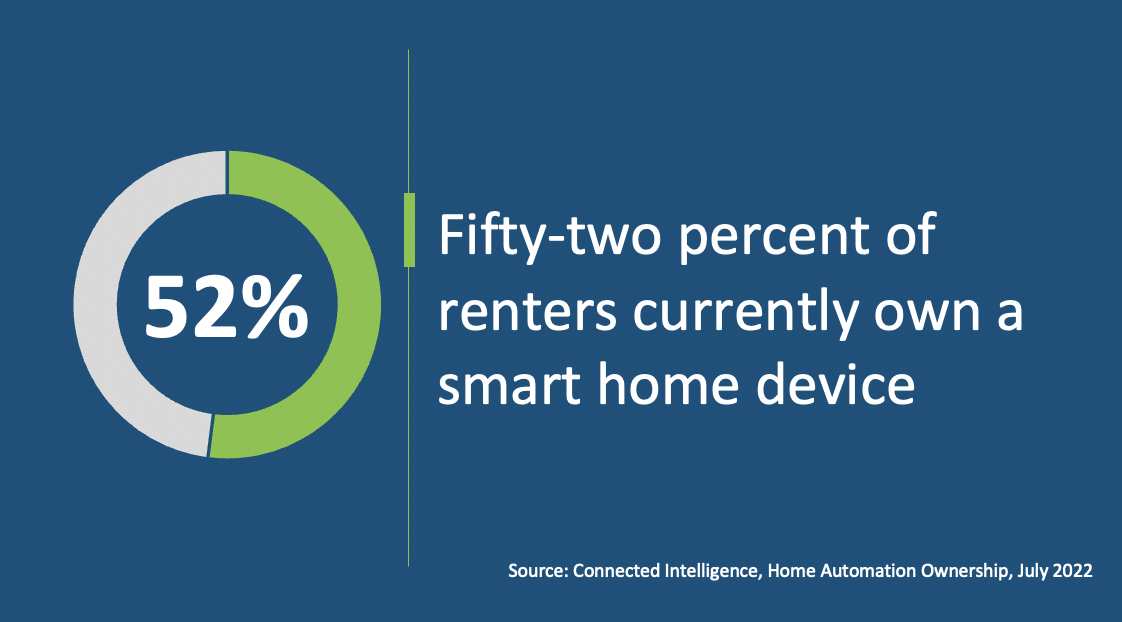
Ring Makes a Smart Intercom
Smart entry devices such as smart doorbells and smart door locks have become popular in recent years, but many apartment dwellers have not been able to own these products. At last week’s IFA Show in Berlin, Ring showed off a clever intercom solution for people living in apartments. The Ring Intercom is a DIY retrofit device that attaches to the apartment intercom inside the home, connecting to the Ring smartphone app via Wi-Fi. The device is specifically designed for European apartment buildings where multiple flats have one entry point for an installed intercom. The device is audio only and simply replicates the function of the apartment’s intercom on the smartphone allowing users to talk to visitors and buzz them into the building from anywhere - even if they are not home. The device will initially be available in Germany and the UK beginning at the end of September.
The NPD Take:
- According to Ring founder Jamie Siminoff, three times as many people live in multi-unit buildings worldwide as live in single family homes, so the Ring Intercom is tapping in to a large addressable market.
- Ring has also added an optional feature that allows Amazon delivery drivers secure access to Intercom owners’ buildings – similar to the fledgling Amazon Key service in the US. If successful in Europe, a Ring Intercom device that is slightly modified for US apartment dwellers could tap into a large market of customers that have been mostly shut out of the popular security and monitoring device market.
- Adding a delivery-type service in conjunction with this device could also finally make it easier for people who live in apartments to receive packages (and not have them stolen).
Tado’s New Thermostat Heats According to Time of Day
With energy prices increasing along with other household expenses, it is no surprise that smart thermostat makers are trying to demonstrate the value and savings potential of their devices. European smart home company Tado already promises that its smart thermostats can save on users’ energy bills and at IFA 2022 the company announced a subscription service called Todo Balance that will shift the time of day when a home is heated or cooled to take advantage of cheaper electricity rates. For example, if Todo’s thermostat sees that a homeowner wants their home to be heated in three hours time, but prices are cheaper in an hour, the service will begin heating the home earlier to take advantage of lower rates. Currently, the system only works with certain types of heating systems but is like the free Energy Shift feature Google implemented as part of its Nest Renew program.
The NPD Take:
- As energy prices continue to be a concern for consumers, solutions such as Todo Balance and Nest Renew will be more relevant. While the promise of smart thermostats has always been energy savings by smarter operation (by changing the temperature based on time of day or when occupants are not home) aligning the heating and cooling schedule based on the price of electricity is another dynamic way to manage energy costs.
- The focus on real savings on energy bills will also be a draw to consumers who have not yet adopted a smart thermostat as this will demonstrate a true value of ownership.


